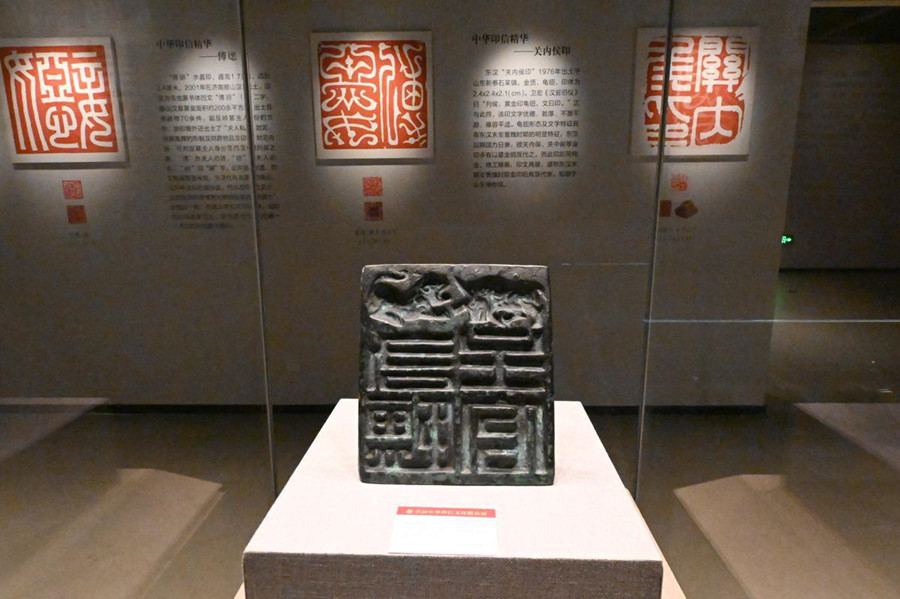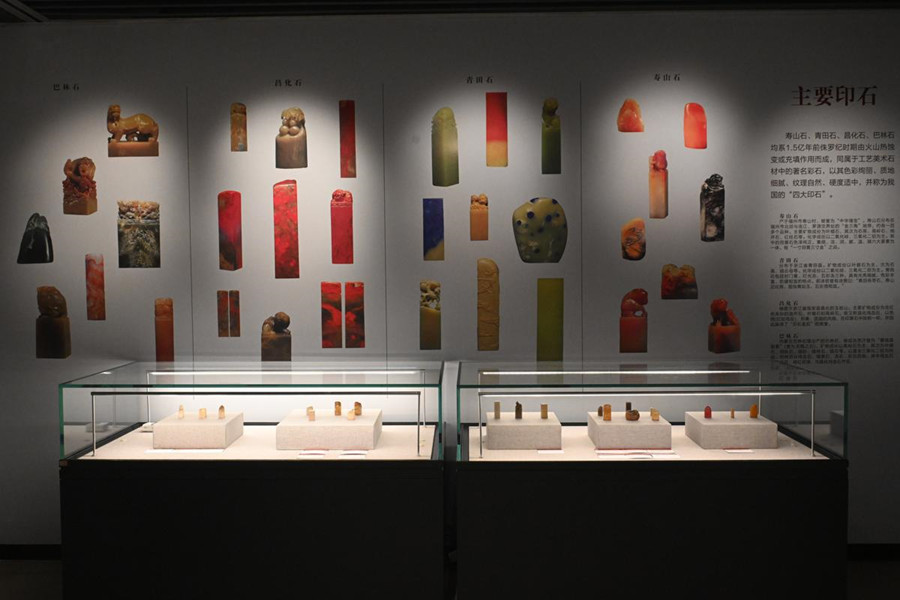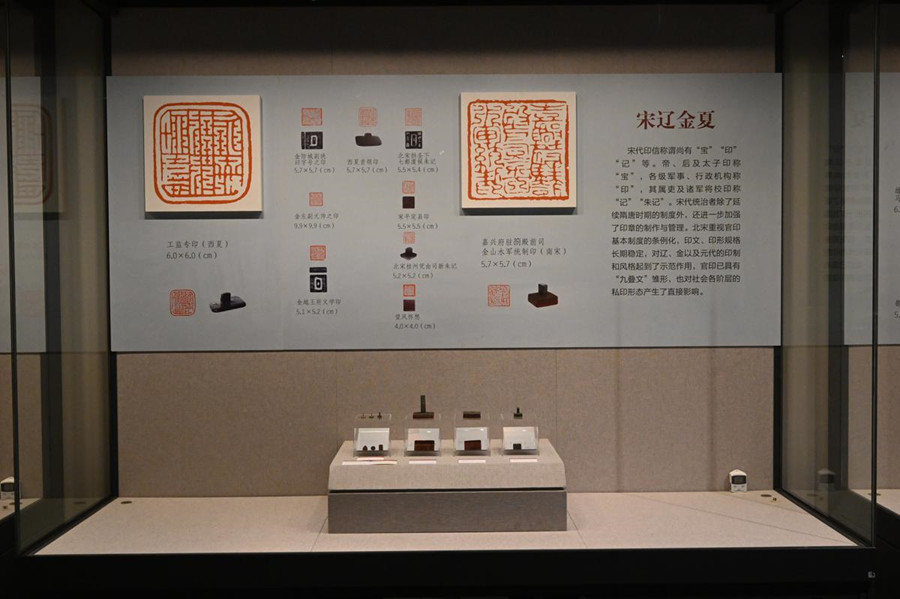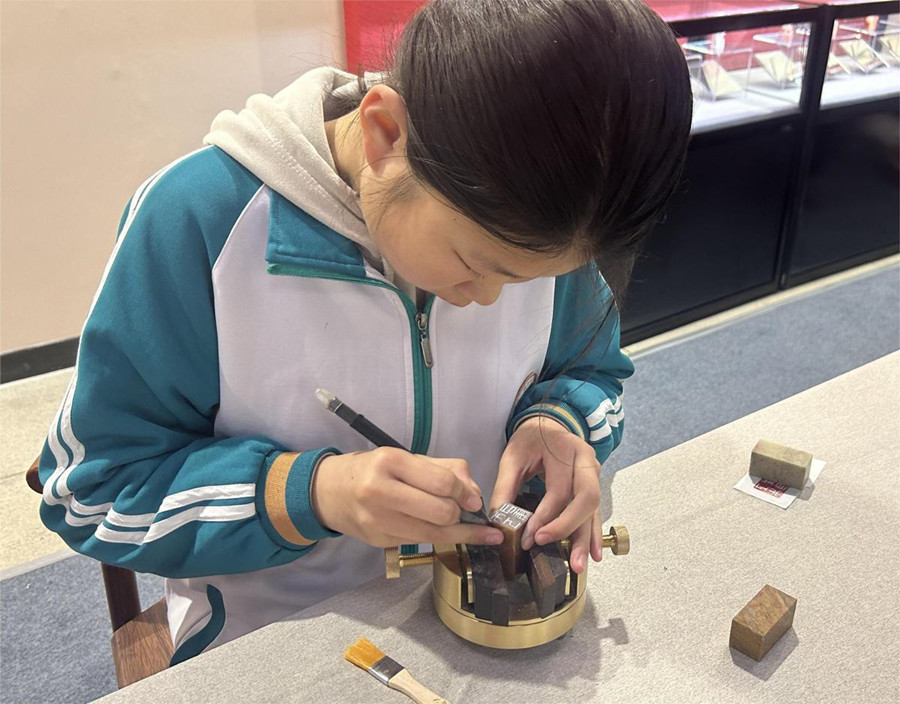Chinese chops or seals

The Chinese chop, or seal, is used to sign documents, artworks, and other paperwork. Typically crafted from stone, they can also be made from materials such as plastic, ivory, or metals.
There are two Mandarin Chinese names for the Chinese chop or seal. The seal is most commonly called 印章 yìn zhāng. It is also sometimes called 图章 tú zhāng.
The Chinese chop is used with a red paste called 朱砂 zhū shā. The chop is gently pressed into the zhū shā and then applied to paper to transfer the image.
There may be a soft surface beneath the paper to ensure a clean transfer of the image. The paste is kept in a covered jar when not in use to prevent it from drying out.
History of the Chinese chop

Chops have been a part of Chinese culture for thousands of years. The earliest known seals date back to the Shang Dynasty (商朝, shāng cháo), which ruled from c.16th century to 11th century BC. Chops became widely used during the Warring States Period (战国时期, zhàn guó shí qī) from 475 to 221 BC when they were used for signing official documents. By the time of the Han Dynasty (汉朝, hàn cháo) of 206 BC to AD 220, the chop was an essential part of Chinese culture.
Throughout the history of the Chinese chop, Chinese characters have evolved. The practice of carving seals has influenced some of these changes. For example, during the Qin Dynasty (秦朝, qín cháo - 221 to 206 BC), Chinese characters had a round shape. The need to carve them on a square chop led to the characters themselves taking on a square and even shape.
Uses for Chinese chops
Chinese seals are used by individuals as signatures for many kinds of official documents, such as legal papers and bank transactions. Most of these seals simply bear the owner's name and are called name stamps or 姓名印 xìng míng yìn. There are also seals for less formal purposes, such as for signing personal letters. Artists also create seals for their artworks, which add a layer of artistic expression to the paintings or calligraphic scrolls (书法卷轴, shū fǎ juàn zhóu).
Seals used for government documents usually bear the name of an office rather than the name of an individual official.
Current use of chops

Chinese chops are still used for a wide variety of purposes in China. They are used as identification when signing for a parcel or registered mail and when endorsing checks at the bank.
Since seals are hard to forge and should only be accessible to the owner, they are accepted as proof of identity. Signatures are sometimes required along with the chop stamp and together they provide a highly reliable method of identification.
Chops are also used for conducting business. Every company must have at least one chop for signing contracts and other legal documents. Large companies may have chops for each department. For example, the finance department may have its own chop for bank transactions and the human resources department may have a chop for signing employee contracts.
Given their significant legal importance, chops are carefully managed. Businesses must have a system for controlling the use of chops, often requiring written information each time a chop is used. Managers must keep track of the location of chops and make a report each time a company chop is used.
Acquiring a chop

If you are living in China, you will find it easier to conduct business if you have a Chinese name. It’s a good idea to ask a Chinese colleague to help you select an appropriate name and then have a chop made. The cost ranges from about $5 to $100 depending on the size and the material used.
Some people prefer to carve their own chops. Artists, in particular, often design and inscribe their own seals for use in their artworks, but anyone with an artistic inclination may enjoy creating their own.
Seals are also a popular souvenir that can be bought in many tourist areas. Vendors often provide a Chinese name or slogan along with the Western spelling of the name.
Source: ThoughtCo.
For any concerns regarding copyright infringements, please reach out to us at intlservices@shanghai.gov.cn.

